Avery Normal Institute
Historical Note
Avery Normal Institute was a grade and high school with a small normal department, where elementary teachers were trained. It was known for high academic and moral stadards. During the Jim Crow era, Avery served as liaison between the African American and white communities in the Charleston area.
In 1865, General Rufus Saxton, an Assistant Commissioner of the Freedmen's Bureau, opened a school for African Americans in Charleston. Known as the Saxton School, the institution became Avery Normal Institute as a result of a building grant from Reverend Charles Avery of Pittsburg, Pennsylvania. In 1892, the institute was incorporated under state law.
By 1941, the physical condition of Avery buildings had deteriorated to the extent that both the AMA and the school administration talked of replacing the facilities rather than continuing with minor repairs. The original 1865 building was destroyed that year by fire. World War II caused an overwhelming turnover in faculty, due to the military draft and the rash of marriages at the outbreak of the war. Director Frank A. DeCosta resigned in order to obtain his Ph.D. at Lincoln University in Philadelphia; he was replaced by L. Howard Bennett.
Bennett resigned in 1944 in order to earn a higher wage with the United Service Organizaions. During that same year, the AMA announced its gradual withdrawal of financial support and encouraged the local African American community to take over this function. Local support raised $10,000 to begin this process. In 1945, John F. Potts became Director and remained in that position until the school closed in 1954. The managing of Avery was taken over by the Charleston school system in 1947 and leased the building from the AMA on a yearly basis. In 1954, the school merged with the Burke Negro High School.
Abstract:
American Missionary Association archives 1969 addendum
